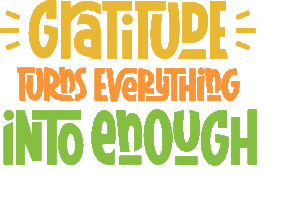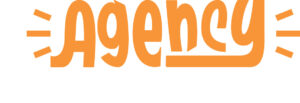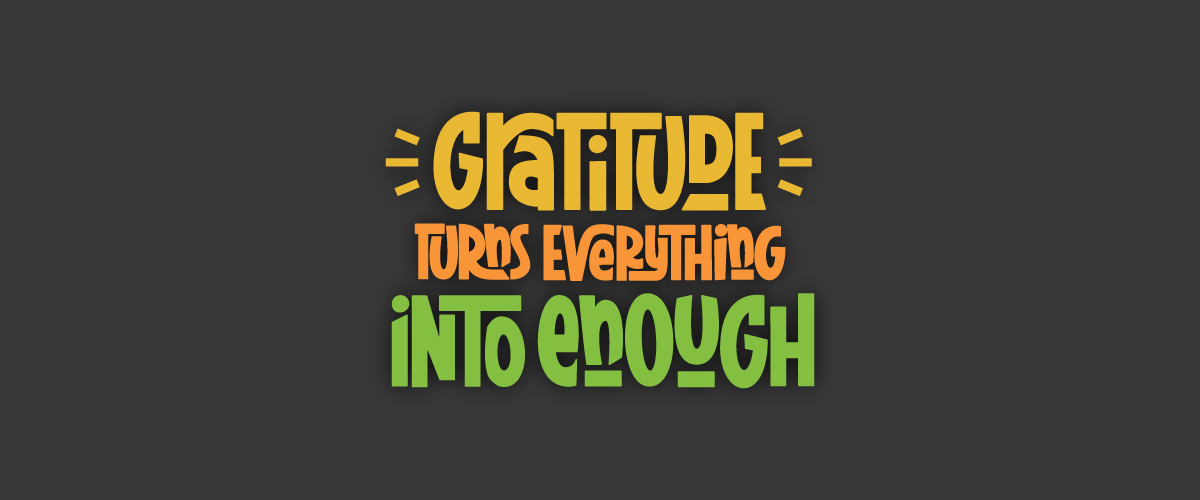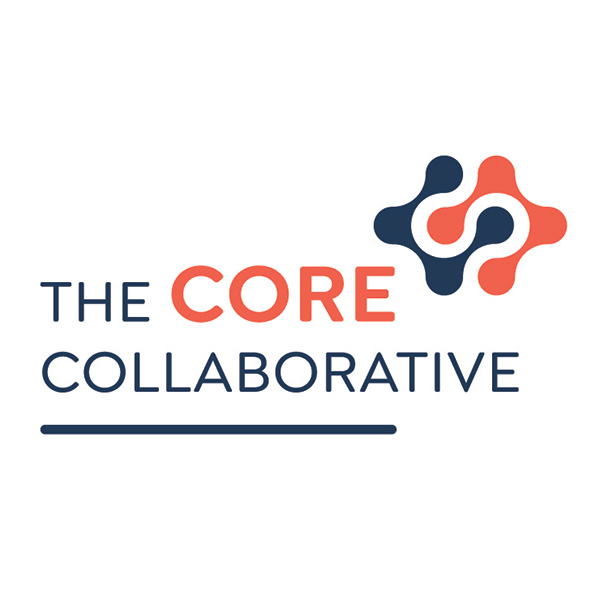 Thanksgiving is an invitation to slow down in a fast-paced world and cherish the abundance in our lives, big and small. It’s a time to honor the relationships that uplift us, the lessons that shape us, and the dreams that inspire us. Gratitude doesn’t just live in grand gestures. It thrives in the everyday acts of kindness, the laughter shared, and the moments that remind us of the goodness around us.
Thanksgiving is an invitation to slow down in a fast-paced world and cherish the abundance in our lives, big and small. It’s a time to honor the relationships that uplift us, the lessons that shape us, and the dreams that inspire us. Gratitude doesn’t just live in grand gestures. It thrives in the everyday acts of kindness, the laughter shared, and the moments that remind us of the goodness around us.
Gratitude is the invisible thread that weaves together educators, students, families, and the larger learning community. Far from being just a “nice-to-have” emotion, gratitude is a transformational force, fostering democracy, amplifying agency, and strengthening belonging. For Impact Teams-PLCs, infusing gratitude into teaching and learning not only elevates individual well-being but also cultivates classrooms rooted in collective empowerment and equity.
Gratitude and Democracy: Empowering Collective Voices
Democracy in schools is a lived experience of shared power, mutual respect, and participatory decision-making. Gratitude supports democracy by encouraging recognition of each individual’s contributions to the collective good. When educators model gratitude, they help students learn to value the voices and efforts of others, reinforcing the principles of fairness and inclusion.
According to a study published in Psychological Science (2019), expressions of gratitude increase cooperation and fairness within groups. When gratitude becomes part of a classroom culture, students are more likely to work collaboratively and take shared responsibility for their learning.
 Gratitude Exercises for Democracy:
Gratitude Exercises for Democracy:
- Gratitude Circles: During restorative or community circles, ask participants to express gratitude for a peer’s contribution to a group project or classroom discussion. This practice fosters mutual respect and reinforces shared decision-making.
- Classroom Charter of Gratitude: Collaboratively create a classroom gratitude charter. Students brainstorm ways to express gratitude within their community and agree to practice these regularly. The charter is displayed and revisited to keep gratitude central to classroom norms.
Gratitude and Agency: Building Confidence to Act
Agency—the belief in one’s ability to influence outcomes—is nurtured when individuals feel recognized and valued. Gratitude helps shift learners’ focus from deficits to assets, both in themselves and in their peers. Therefore this mindset empowers students to take ownership of their learning and to see challenges as opportunities for growth.
A Journal of Positive Psychology (2018) study found that students who practiced gratitude journaling were more likely to persist in challenging tasks, highlighting its potential to enhance resilience and self-efficacy.
 Gratitude Exercises for Learner Agency:
Gratitude Exercises for Learner Agency:
- Strength Spotting Journals: Students keep weekly journals to reflect on their efforts and successes, expressing gratitude for specific skills or actions they employed. They can also write about how the support of others helped them achieve their goals.
- The Gratitude Letter Exercise (adapted for students): Inspired by the Science of Happiness podcast, have students write a letter to someone who has positively impacted their learning. They can deliver the letter in person or read it aloud, creating a moment of mutual recognition and connection.
- Agency Affirmations: Begin the day with a classroom affirmation practice. Students take turns expressing gratitude for their own growth, such as, “I am grateful for how I stayed focused during a hard task yesterday,” reinforcing agency through self-recognition.
Gratitude and Belonging: Strengthening Connections
Belonging is fundamental to learning. Gratitude fosters belonging by cultivating inclusive relationships and reducing social barriers. Students who practice gratitude toward peers and teachers are more likely to develop empathy and recognize the value of others’ contributions.
Research from Emotion (2020) shows that gratitude enhances social bonds, making it a vital practice for building inclusive and supportive classrooms. Regular gratitude exercises can create a sense of connection that fosters both individual and group belonging.
 Gratitude Exercises for Belonging:
Gratitude Exercises for Belonging:
- Gratitude Mapping: Create a visual gratitude board where students and/or staff pin notes of thanks to their peers for specific actions or qualities. This map grows over time as a reflection of the community’s interconnectedness.
- Gratitude Partner Check-Ins: Pair students for weekly gratitude check-ins. Each partner shares one thing they appreciated about the other that week. This simple practice builds trust and mutual respect.
- Three Good Things: Inspired by The Science of Happiness, end each day with a quick reflection where students and educators name three good things that happened during the day and why they mattered. This practice encourages appreciation for small moments and reinforces the value of shared experiences.
Infusing Gratitude into School Culture
Gratitude isn’t just for classrooms; it can transform entire school communities. For example, you can start staff meetings with a round of gratitude, celebrate the efforts of families through gratitude postcards, or make gratitude a focus of Impact Teams or professional learning communities (PLCs). Infusing gratitude into the school culture can create a ripple effect, deepening connections among students, staff, and families.
Gratitude as a Radical Act
Gratitude is more than a gesture; it is a radical act of equity and inclusion. It roots us in the present while helping us envision a future where democracy thrives, agency flourishes, and belonging is universal.
Imagine a world where classrooms hum with appreciation, and students grow up seeing their strengths in themselves and others. Additionally, educators feel empowered and supported through mutual recognition. By practicing gratitude, we aren’t just changing schools—we are planting the seeds of a more equitable and compassionate society, one expression of thanks at a time.
What gratitude practices resonate with you? Share your reflections, and let’s grow a movement of educators using gratitude to foster democracy, agency, and belonging.
Works Cited
- Psychological Science (2019)
Study on the connection between gratitude, cooperation, and fairness within groups.
Citation: Grant, A. M., & Gino, F. (2010). A little thanks goes a long way: Explaining why gratitude expressions motivate prosocial behavior. Psychological Science, 21(5), 586-592. - Journal of Positive Psychology (2018)
Study on gratitude journaling and its impact on persistence in challenging tasks.
Citation: Froh, J. J., Bono, G., & Emmons, R. A. (2010). Gratitude in youth: A review of gratitude interventions and some ideas for applications. Journal of Positive Psychology, 5(5), 339-351. - Emotion (2020)
Research linking gratitude to enhanced social bonds and increased empathy.
Citation: Algoe, S. B., & Fredrickson, B. L. (2011). Emotional fitness through gratitude: Boosting bonds in relationships and beyond. Emotion, 11(2), 246-255.
The Science of Happiness Podcast (Greater Good Science Center)
Exercises such as the Gratitude Letter and Three Good Things were adapted from research and examples shared in this podcast series.
Resource: The Science of Happiness Podcast, produced by the Greater Good Science Center, University of California, Berkeley.
Happy Thanksgiving from our Core Collaborative Learning Community! Cheers to a wonderful and restful holiday. #Grateful
The Core Collaborative offices will be closed on Thursday, November 28, and Friday, November 29, in observance of Thanksgiving. We will be back at it on Monday, November 30.



